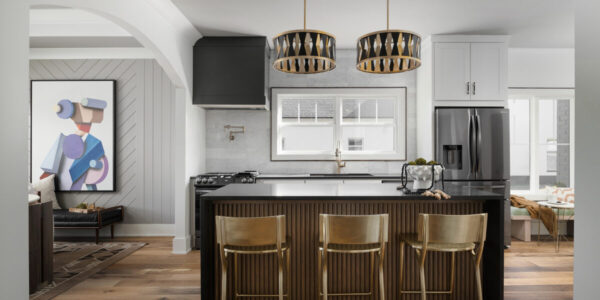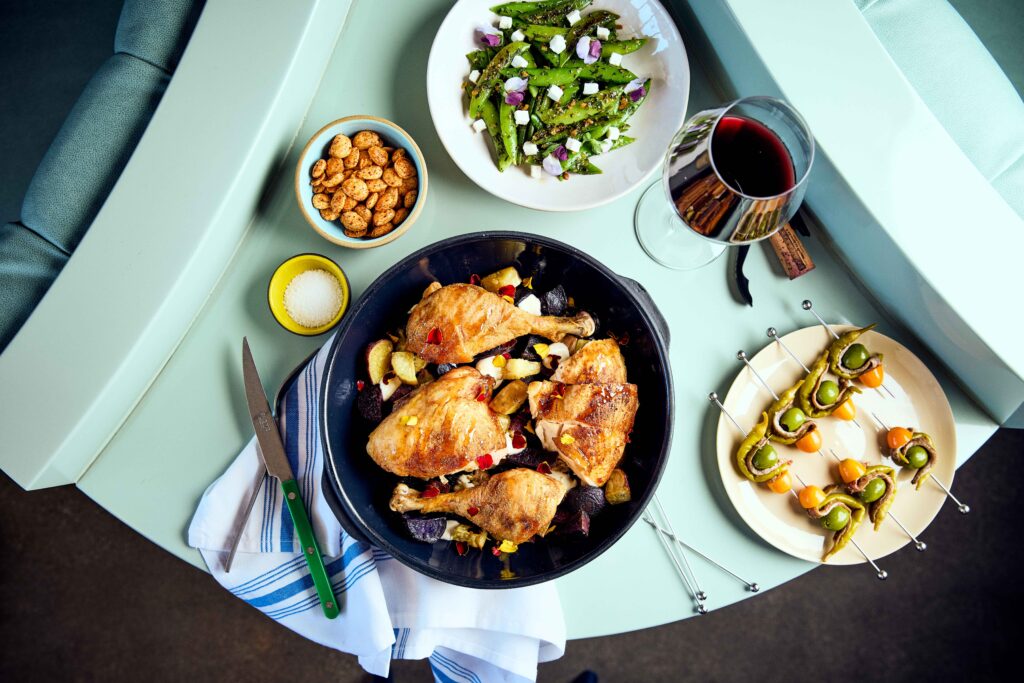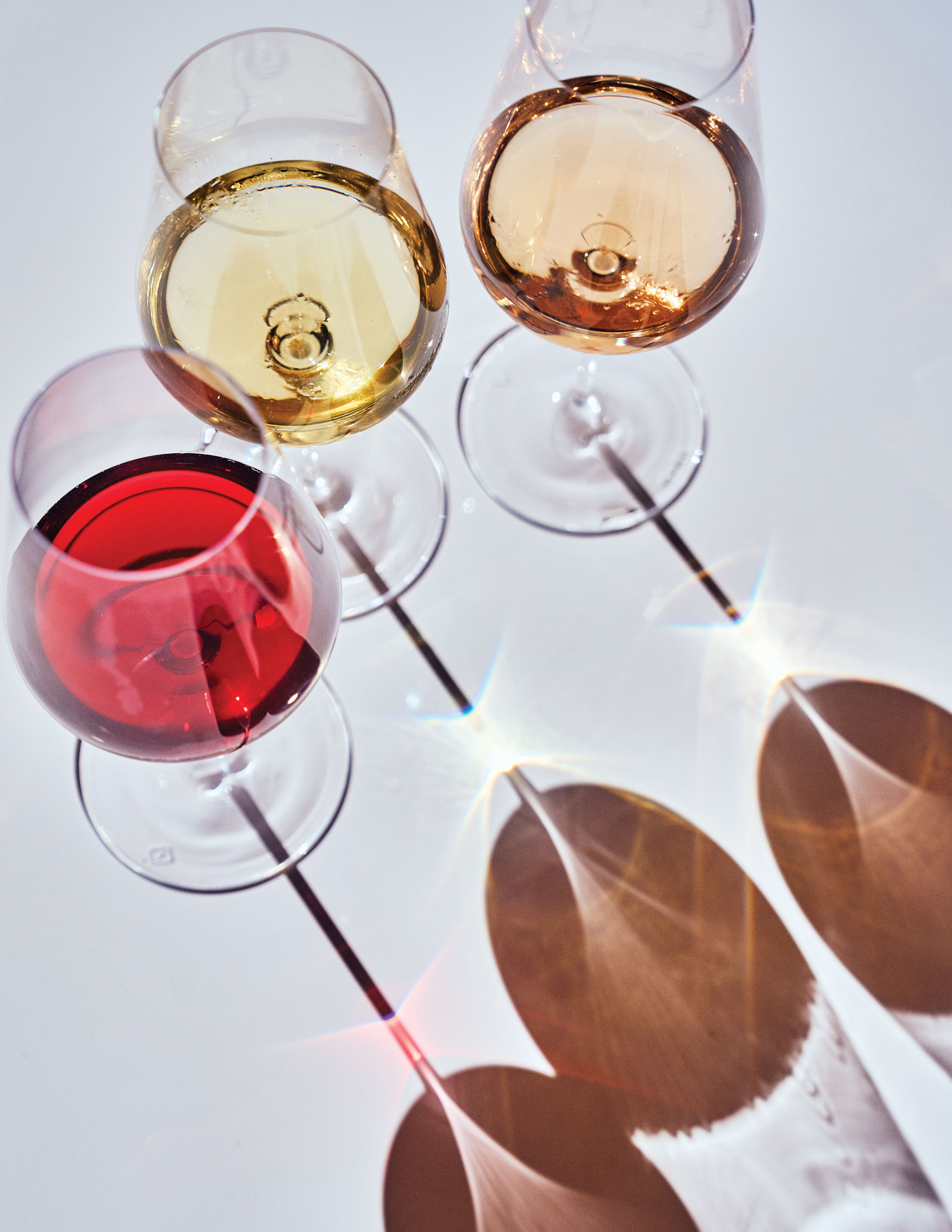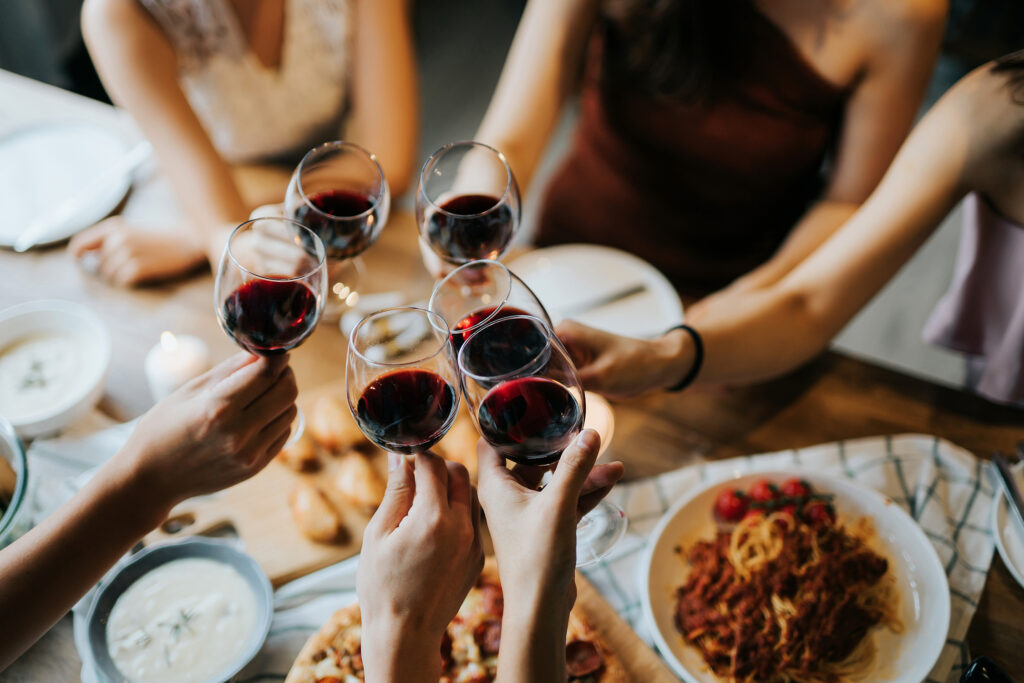
4 Crucial Questions to Ask Yourself Before Opting into a Wine Pairing
These pointers are worth toasting to.

Maria Korneeva/Getty Images
Imagine you just entered a fancy restaurant. Maybe you’re there for a special occasion or perhaps you finally snagged an impossible-to-get reservation, but you are quickly asked one of the most important questions of the night. (And, no, we’re not talking about still versus sparkling water.)
“Would you like to add the wine pairing?” your waiter asks as they flash a list of rieslings, syrahs, and petite verdots.
Well, do you? Sometimes, answering that question can be easier said than done. While wine lovers will tell you a carefully curated selection of vino can enhance your meal, how do you know if you’re getting the best bang for your buck? And, perhaps more important, how do you know if you’ll even like the wines? To help make up your mind—and lay the foundation for a truly magnificent meal—two beverage pros are breaking down the questions you should be asking yourself before saying “yes” to a wine pairing.

Thomas J. Story
1. What Am I Ordering?
According to Morgan Harris, head sommelier at Prelude in San Francisco, wine pairings typically go best with a prix-fixe or tasting menu. That way, you can ensure that each pour perfectly complements the course in front of you. If you’re ordering a la carte, a wine pairing might seem a tad excessive. After all, are you really going to drink sauvignon blanc and a hearty cabernet with your rib-eye? Probably not.
You might prefer an entrée over a tasting menu, but that doesn’t mean you should ignore a wine list altogether. “You can always ask a sommelier for advice on what will go nicely with a particular dish, or even a few different dishes,” he says.
If you ask Jessica Eisenberg—general manager of The Restaurant at North Block in Yountville, California—the type of cuisine should have some sway in your decision. While French, Italian, and Spanish cuisines have been long regarded as wine-friendly fare, Asian and Thai dishes typically don’t benefit as much from wine pairings. “The heat and strong flavors can make it difficult to find a wine that balances well,” she explains. “Sweet or off-dry wines like a riesling can work, but it’s often tricky to pair wine with dishes that have strong spices.”

Thomas J. Story
2. Where Is the Wine From?
As the saying goes, what grows together, goes together. Ultimately, food and wine should enhance each other—and that usually happens when both menus are celebrating the same region. “I always try to keep in mind that wine is a foodstuff, and as such should be nominally matched with the cuisine to which it is a natural partner—or at least with respect to the ingredients inside of said cuisine,” Harris says. “I think it would be a little weird to go to an Edomae-style sushi restaurant and not drink at least some sake.”
In other words? If you’re at a farm-to-table restaurant in California, but noticed the wine pairing features a roster of hefty Super Tuscans, it might be a sign to decline the offer.

Oscar Wong/Getty Images
3. Am I Feeling Adventurous?
Variety might be the spice of life—but it’s also the foundation of any great wine pairing. Since you’ll likely be sipping on a variety of bubbles, whites, reds, and rosés, it’s a good idea to assess your comfort levels upfront. While there’s no reason to opt into a pinot-heavy pairing if you can’t stand red wines, Eisenberg says it’s worth asking your sommelier if it’s possible to swap out any pours.
“People often think they need to trust the sommelier’s choices blindly, but wine pairing is a personal experience,” she shares. “If you don’t like a specific type of wine, let the sommelier know and [they might] adjust their pairing suggestions accordingly.”
On the flip side, you might try something new and wind up falling in love with a new varietal. In that case, still tell your sommelier! “They will look for other wines in that style or may even pour you a little extra,” Eisenberg says.

AsiaVision/Getty Images
4. Can I Justify the Value?
We’re not going to sugarcoat it for you: Wine pairings don’t come cheap. Depending on the restaurant—and even the caliber of the wines—you can easily drop well over $100 on some vino. While some oenophiles might say that’s well worth the steep price, be honest with yourself, your tastes, and your budget.
“Some restaurants offer very expensive wine pairings, but if the wines do not interest you, consider going with a few glasses of wine or a bottle,” Eisenberg says. “Sometimes a cocktail can be the best pairing!”
If you want to skip the formal pairing and buy a glass or bottle, be sure to check out these insider tips for ordering wine at a restaurant. Cheers!
